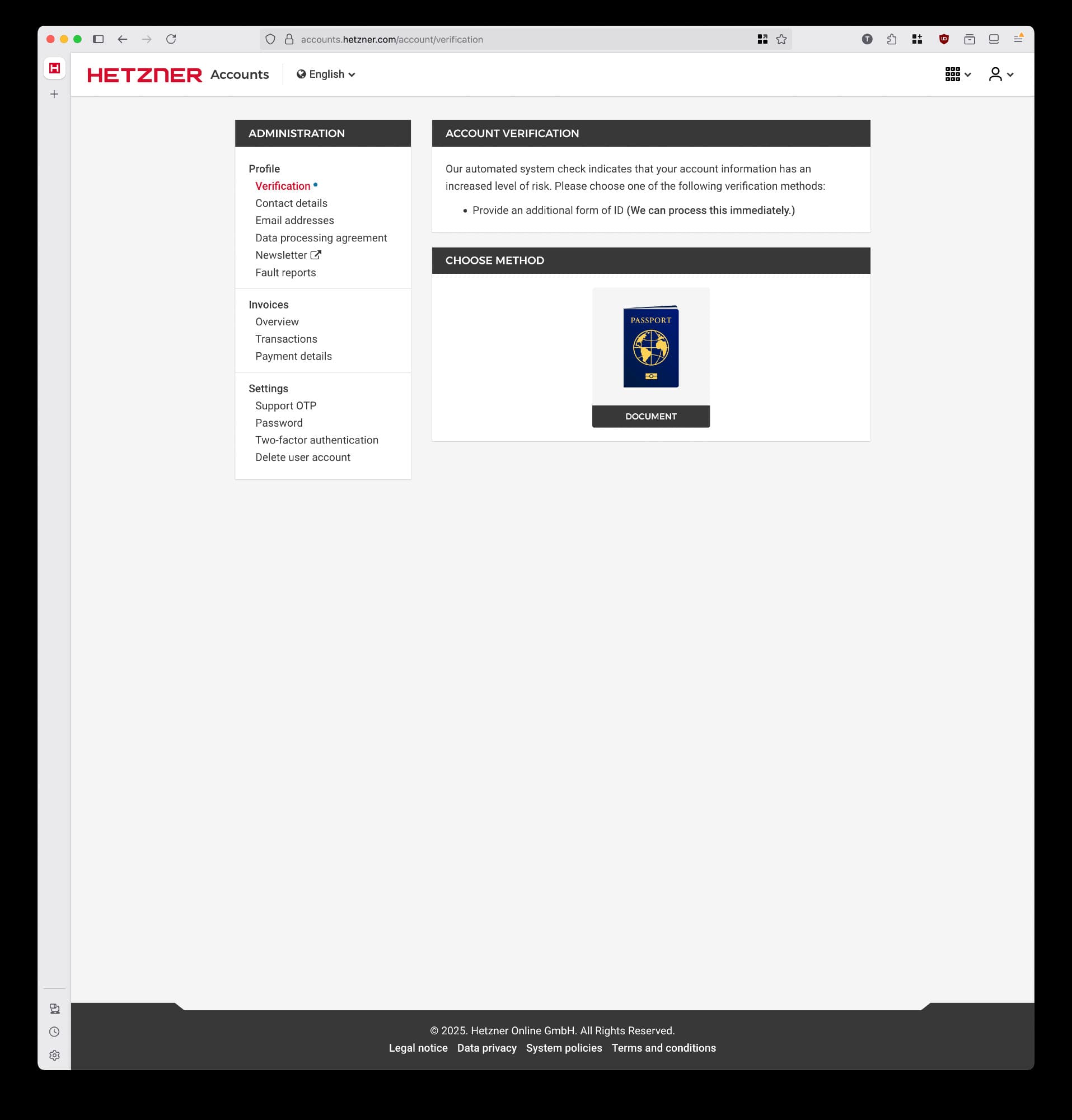Global Latency Monitoring: Benchmarking a Hono App on Hetzner with OpenStatus
Oct 23, 2025 | by Thibault Le Ouay Ducasse | [engineering]

At OpenStatus, we offer global monitoring to give you an unbiased, external view of your service's performance. To truly test our monitoring capabilities and gather real-world latency data, we decided to benchmark a simple application deployed outside our internal network.
As a software developer, I know that latency is critical for user experience. When building an application, understanding how your app performs from different locations around the world is essential.
The Benchmark Setup
To prevent internal networking biases from skewing the results, I deployed a minimal test application a Hono server on third-party cloud providers, independent from OpenStatus's infrastructure.
Why Hetzner?
I chose Hetzner for this experiment primarily for its affordability and robust infrastructure. It’s a popular choice for developers, making it a relevant target for benchmarking.
The test app is a single instance deployed in their Finland datacenter.
⚠️ A Note on Deployment Experience: The initial setup experience with Hetzner involved some friction, including KYC verification, which felt a bit dated. To manage the deployment, I opted to use Coolify Cloud, which helped bridge the gap, but the inner developer in me definitely missed the simplicity of a managed PaaS during the process.


Monitoring Strategy with OpenStatus
The core of this experiment is to see how different cloud providers' network paths affect the latency to our Finland-based Hetzner app.
We've set up OpenStatus probes across multiple continents and providers, specifically leveraging monitoring locations from:
- Fly.io
- Koyeb
- Railway
The goal is to monitor latency from similar geographic regions across these different providers to observe any network path variations.
OpenStatus Probe Configuration
Our monitoring strategy is focused on diverse, yet regionally comparable, deployment regions:
| Location | Providers | | ----------------- | ------------------- | | Frankfurt | Koyeb, Fly | | Amsterdam | Fly, Railway | | Paris | Koyeb, Fly | | US East | Koyeb, Fly, Railway | | US West (LAX/SFO) | Koyeb, Fly, Railway | | Singapore | Koyeb, Fly, Railway | | Tokyo | Koyeb, Fly |
I have defined our monitor with the openstatus cli, and this is the exact configuration used for it :
"hetzner-monitoring":
active: true
assertions:
- compare: eq
kind: statusCode
target: 200
frequency: 1m
kind: http
name: Hetzner Monitoring
openTelemetry: {}
public: true
regions:
- koyeb_fra
- cdg
- ams
- railway_europe-west4-drams3a
- fra
- koyeb_par
- koyeb_sfo
- railway_us-west2
- lax
- iad
- koyeb_was
- railway_us-east4-eqdc4a
- koyeb_sin
- railway_asia-southeast1-eqsg3a
- koyeb_tyo
- sin
- nrt
request:
method: GET
url: https://hetzner.openstat.us/
retry: 3
Note that non prefixed regions are Fly regions.
Analyzing the Results
| Region | Trend | P75 | P95 | P99 |
|---|---|---|---|---|
| 🇳🇱 ams | 89ms | 101ms | 112ms | |
| 🇳🇱 railway_europe-west4-drams3a | 100ms | 120ms | 130ms | |
| 🇫🇷 cdg | 117ms | 130ms | 140ms | |
| 🇫🇷 koyeb_par | 120ms | 148ms | 162ms | |
| 🇩🇪 fra | 69ms | 79ms | 89ms | |
| 🇩🇪 koyeb_fra | 69ms | 79ms | 91ms | |
| 🇺🇸 iad | 264ms | 294ms | 346ms | |
| 🇺🇸 koyeb_was | 267ms | 297ms | 319ms | |
| 🇺🇸 railway_us-east4-eqdc4a | 270ms | 301ms | 336ms | |
| 🇺🇸 koyeb_sfo | 405ms | 476ms | 636ms | |
| 🇺🇸 railway_us-west2 | 393ms | 467ms | 540ms | |
| 🇺🇸 lax | 367ms | 418ms | 549ms | |
| 🇸🇬 koyeb_sin | 467ms | 1072ms | 2241ms | |
| 🇸🇬 railway_asia-southeast1-eqsg3a | 459ms | 1033ms | 2230ms | |
| 🇸🇬 sin | 561ms | 1006ms | 2088ms | |
| 🇯🇵 koyeb_tyo | 580ms | 655ms | 1651ms | |
| 🇯🇵 nrt | 579ms | 646ms | 1703ms |
1. Regional Consistency Across Providers
In regions geographically close to the Hetzner Finland datacenter, probes deployed on different cloud providers showed remarkably similar performance.
For instance, from Frankfurt, Germany:
- The latency from the Koyeb probe and the Fly probe had an almost identical P95 latency of ≈80ms.
This indicates that in proximate locations, the difference in the cloud provider's network path to the target server is minimal; the dominant factor is the geographical distance and core internet routing.
2. Distance is the Primary Factor
The most significant finding reinforces a basic network principle: the further you are from the server location, the longer the latency is.
3. Consistency Even at Extreme Distance
Even across vast distances, the latency differences between providers remained small.
In Singapore, for example, the probes from Fly, Koyeb, and Railway all reported very similar latencies, often with less than a 10% difference between their average results. This suggests that while all are far, none of the providers offer a vastly superior or inferior route for transcontinental communication in this case.
Conclusion
Through this global setup, I gained valuable insights into external network performance. I confirmed that the core challenge remains geographic distance, but the multi-provider approach helped us establish a reliable baseline for external connections. Developers can use this methodology to move past internal network bias and truly understand their app's latency profile from various points on the globe.
My 2cts, if you want to pick a PaaS to deploy your next project, pick the one that fits your needs the best, because in the end, the network differences are minimal!
If you want to try monitoring our app from multiple global locations, you can try our global speed checker for free.